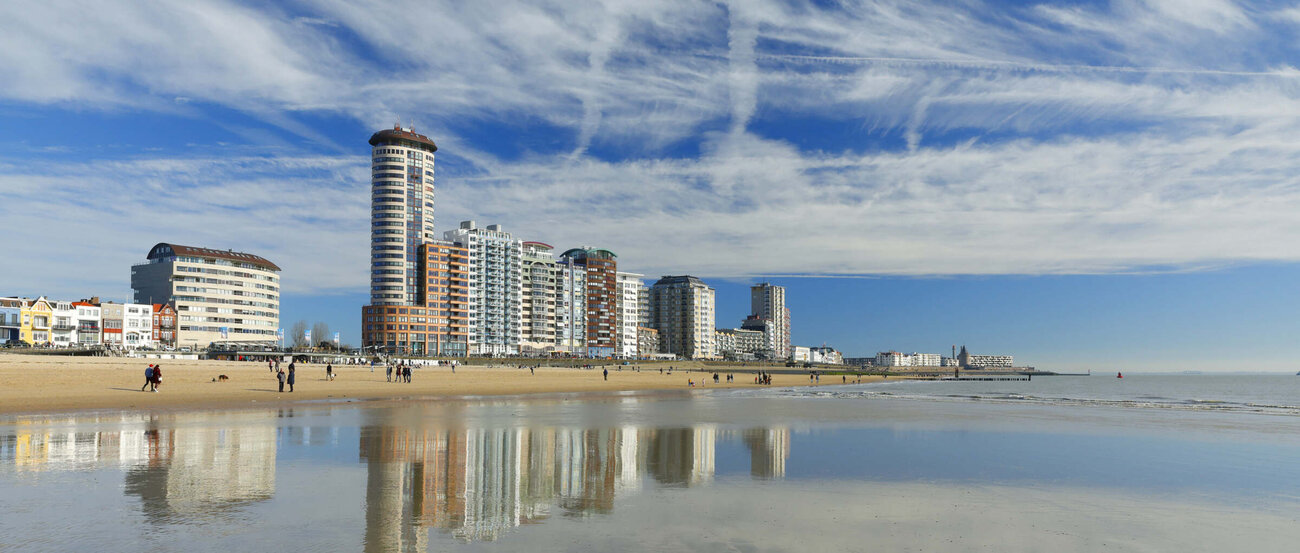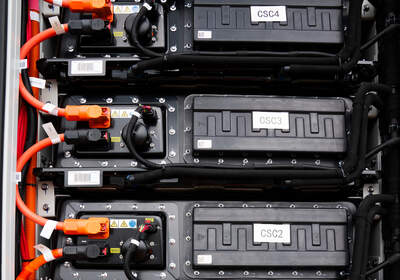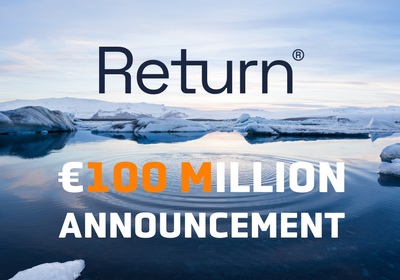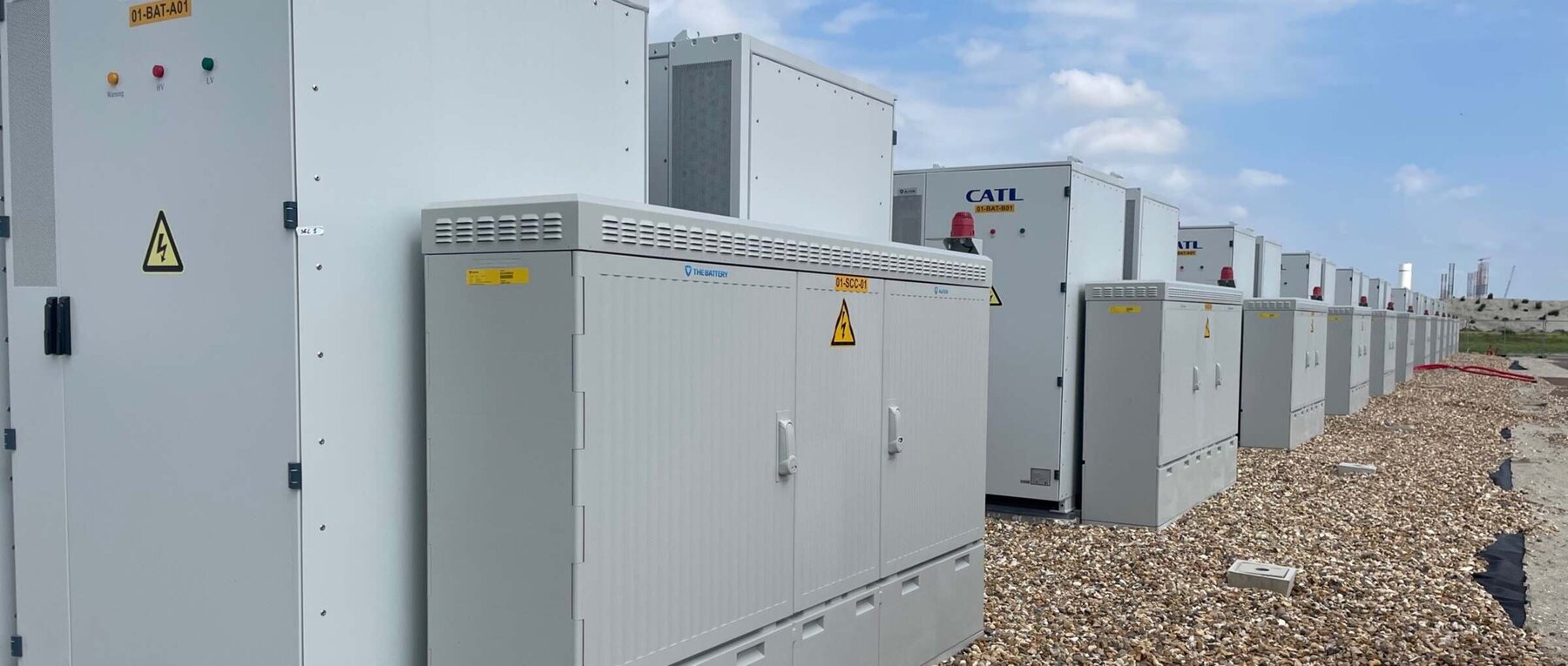
The rise of batteries in managing emergency power: balancing between renewable energy and imbalance prices
Emergency power, is the third type of power used by TenneT to maintain balance in the national electricity grid. The first type of power, primary power, is FCR, or Frequency Containment Reserve. The second type of power, secondary power, is aFRR, or automatic Frequency Restoration Reserve. The third type, tertiary power, is emergency power, also known as mFRR, or manual Frequency Restoration Reserve. When emergency power is called upon, the differences between expected and actual consumption are always the greatest.
From 2013 to 2020, emergency power was called upon on average 30 times a year, or 2.5 days per month. In 2021, emergency power was called upon for 74 days, and in 2022, for 134 days. This is an average of more than 11 days per month, or roughly every three days.
In other words: nowadays, emergency power is called upon by TenneT on average every three days..
What are the reasons behind this? Primarily, it can be attributed to the rapid growth of renewable energy production methods in the energy landscape and the inherent variability in their availability.
Emergency Power
Emergency power is divided into two categories: upward regulation and downward regulation. One cost-effective form of upward regulation is demand reduction, where certain electricity-consuming activities are temporarily halted. For example, a smelter can temporarily shut down its furnaces since they don't cool down immediately. This immediate reduction in electricity demand helps restore balance to the grid. On the other hand, a more expensive form of upward regulation involves deploying a diesel generator or a combined heat and power (CHP) system. This method is costlier because it involves burning fuels to generate electricity, often resulting in additional CO2 emissions.
Downward regulation can also be implemented in various ways. One approach is to temporarily increase electricity consumption. For instance, a chlorine factory that normally operates three out of its four production lines may activate the fourth line temporarily to consume more electricity and restore grid balance. Another approach is for TenneT to downward regulate by temporarily shutting down power plants. These can include gas-fired power plants (although they are often already used for secondary power, aFRR) as well as solar or wind farms.
Until February 28, 2021, it had never occurred that TenneT had to deploy emergency power for downward regulation. On February 28, 2021, TenneT had to deploy emergency power for downward regulation for the first time. On April 23, 2022, TenneT had to deploy emergency power for downward regulation multiple times (three times) in a single day for the first time ever.
The deployment of emergency power is not only happening more frequently but also multiple times per day. As a result, instances of very high (up regulation) and very low (down regulation), and even negative imbalance prices are occurring more frequently.
For Balance Responsible Parties, traditionally referred to as "utilities” this is unfavorable. To mitigate these risks, they will need to further increase the imbalance premiums.
For Balancing Services Providers, this is actually very beneficial. The earning potential of batteries is increasing as emergency power is activated. For individual batteries, tertiary power is not the most attractive market. Reserving capacity in this market generates significantly less revenue compared to reserving capacity in the primary and secondary power markets. However, you must keep the capacity available to deliver when called upon. That's when the real money starts rolling in.
An alternative, however, is to utilize batteries for passive imbalance. This is the result of deploying various assets in the primary, secondary, and tertiary power markets.
When emergency power is called upon, the imbalance prices are highest (during upregulation) or lowest (during downregulation), and if you charge and discharge your battery at the right times, your battery can generate substantial profits for you.
Conclusion
Batteries will greatly benefit in the coming years due to the rise of renewable energy production. Furthermore, the deployment of batteries ensures that all that renewable energy is not wasted but utilized at other times. This also significantly reduces CO2 emissions. The electricity grid and the environment will greatly benefit in the coming years thanks to the emergence of batteries in our energy system.




